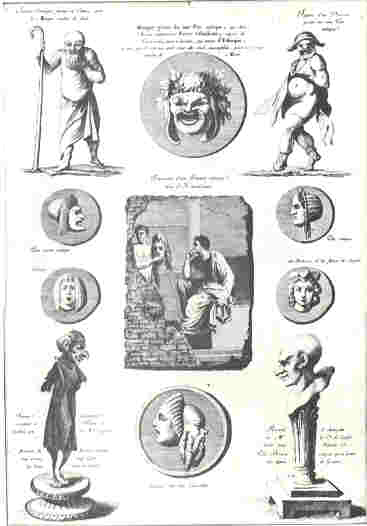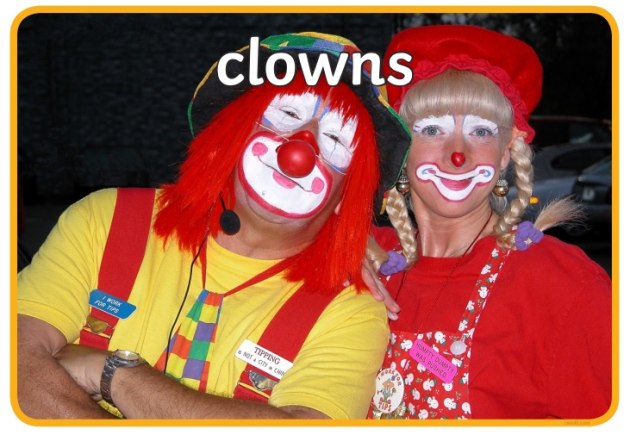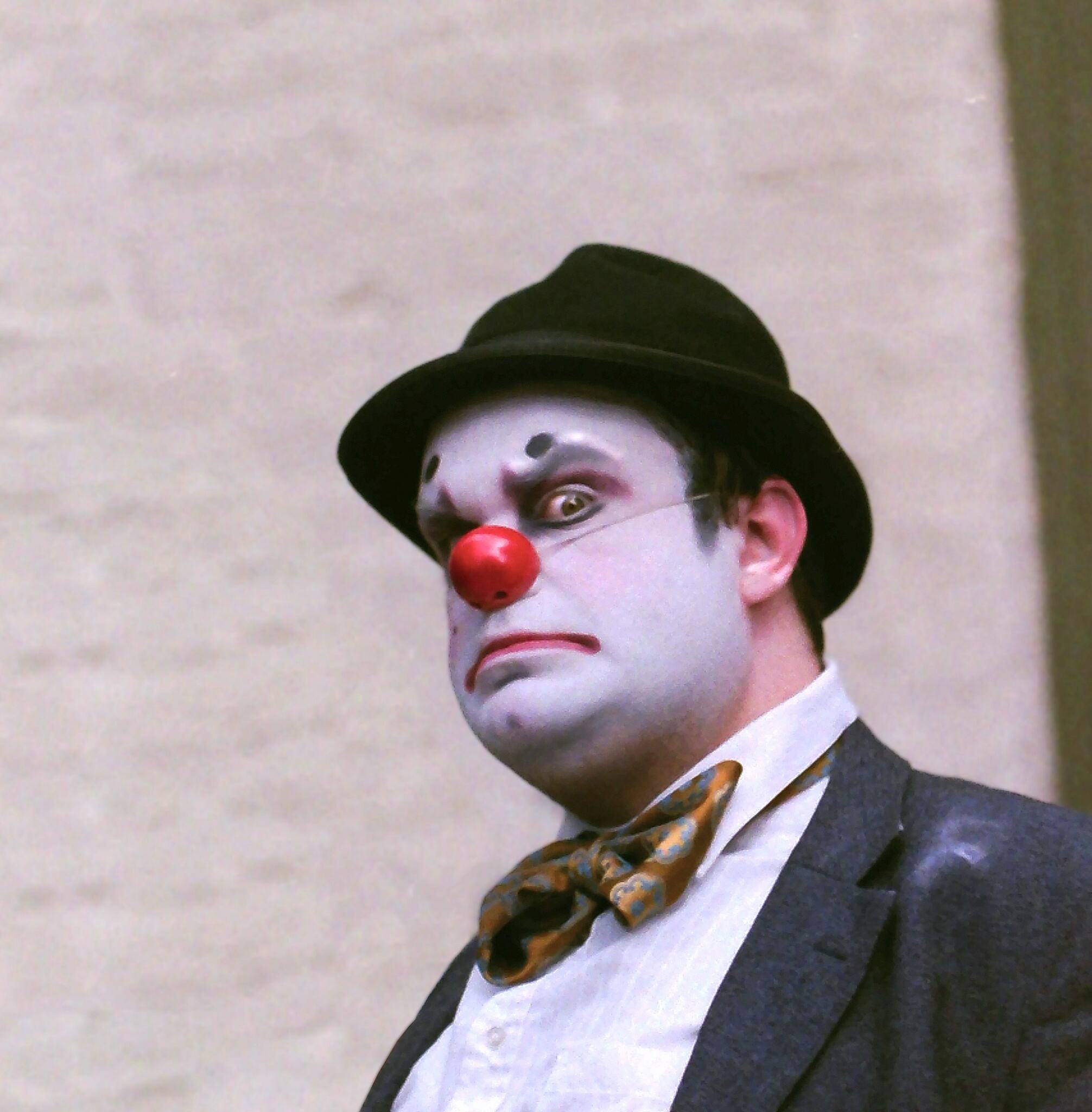What Does All Occasion Performers Do?
Table of ContentsAll Occasion Performers for BeginnersSee This Report on All Occasion Performers8 Simple Techniques For All Occasion PerformersAll Occasion Performers Fundamentals ExplainedSome Known Details About All Occasion Performers
He specialized in pigs and burros, which he trained and sold to other clowns. He also provided an act with an experienced rhinoceros and is the only person in circus background to provide a tightrope walking elephant.He was likewise a philanthropist that gave kindly to many charities and he erected the initial monument to soldiers killed during the Civil War - Dallas corporate events Dallas. Origins of the Auguste characterThere is an extensively told legend regarding the beginnings of the Auguste clown. According to the legend, an American acrobat named Tom Belling was doing with a circus in Germany in 1869
Belling took off running, ending up in the circus sector where he dropped over the ringcurb. In his shame and haste to leave, he fell over the ringcurb once more on his means out. The supervisor regulated that Belling continue appearing as the Auguste.
Not known Facts About All Occasion Performers
For something, words Auguste did not exist in the German language till after the personality became preferred. One of the concepts of the real origin is that Belling duplicated the personality from the R'izhii (Red Haired) clowns he saw when he toured Russia with a circus (https://moz.com/community/q/user/all0ccperf0rm). Characters like the auguste definitely existed formerly

The dancing later on came to be referred to as faucet dance. It needs to be noted that there are alternative 'beginnings' for the vagrant character"one of which was the traveling "hoe young boys," or travelling ranch workers, who rode the rails from one town to another, wiping the soot away from their eyes & mouth.
Some Known Facts About All Occasion Performers.
Keep in mind that the scare wig, exaggerated lips and eyes, extra-large clothing and props of the American clown, props such a seltzer water, stuffed clubs, taking off stogies, and whistles loaded with soot, are not Grimaldi's. They come from Tambo and Bones. The English blackface comic Charles Mathews concerned America in 1822 to perform and studied black life and customs.
No person knows where the mummers' plays and Morris dances came from. In such plays there is a combination of personalities consisting of "kings" and "saints", cross-dressing, and blackface roles; the faces of Morris (or "Moorish") dancers were also blackened. The mummer's plays were not for fun. A lot of were done by inadequate males in the starving time after Xmas.
The Derby Play of the Tup was executed for food and beer by jobless youths. One such protest has actually gone into American history as the Boston Tea Party.
All Occasion Performers Can Be Fun For Anyone

While not the extravagant affairs we consider today, some early, rougher types of traveling circus were popular in America from Revolutionary times-- George Washington was a follower. Blackface clowns carried out in them from at least the 1810s and possibly before; they were a staple by the 1820s. The wide red or white mouth repainted on by modern clowns is a residue of the blackface mask.
In numerous aspects minstrelsy was born when these performers moved their acts from the tent to the stage of American variety theaters. Definitely there was a strong element of clowning in minstrelsy. The blackface mask was a clown's disguise, exaggerating the facial attributes right into a cartoon, a caricature. The blackface clown may be the forerunner these days's anodyne circus clown, yet or else the two are as opposite as blackface and whiteface.
The Best Guide To All Occasion Performers
In several customs the clown would show some physical defect, like a hunchback, dwarfism-- or like Jim Crow, lameness. And because he was various, an Others, the clown was allowed to state and do points no one else could.
Satire and apology were central to minstrelsy. It's fascinating that in the West African societies from which most servants came, the poet-singer griot offered the same satirical jester function when the celebration developed. That might have something to do with the curious (to us, recalling) convenience with which Southern Blacks accepted not just the songs but even the undermining wit of minstrelsy.

Emmett Kelly was the ideal understood tramp clown with his character "Fatigued Willie."Vagrant clowns are competent: + jugglers + go to the website magicians + pianists + chalk talk musician + cyclists.